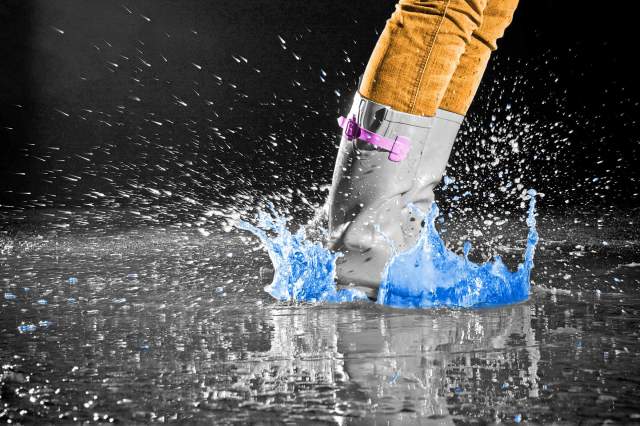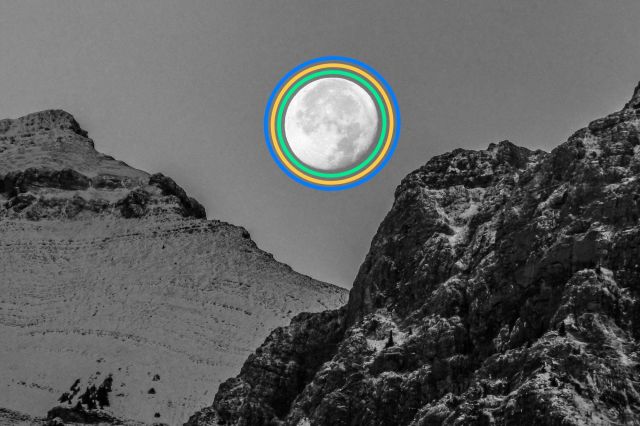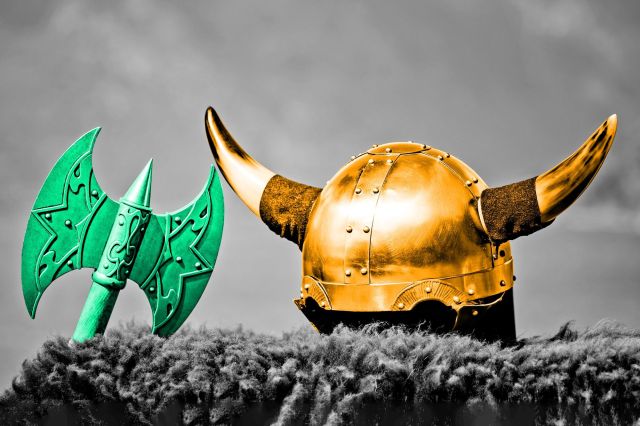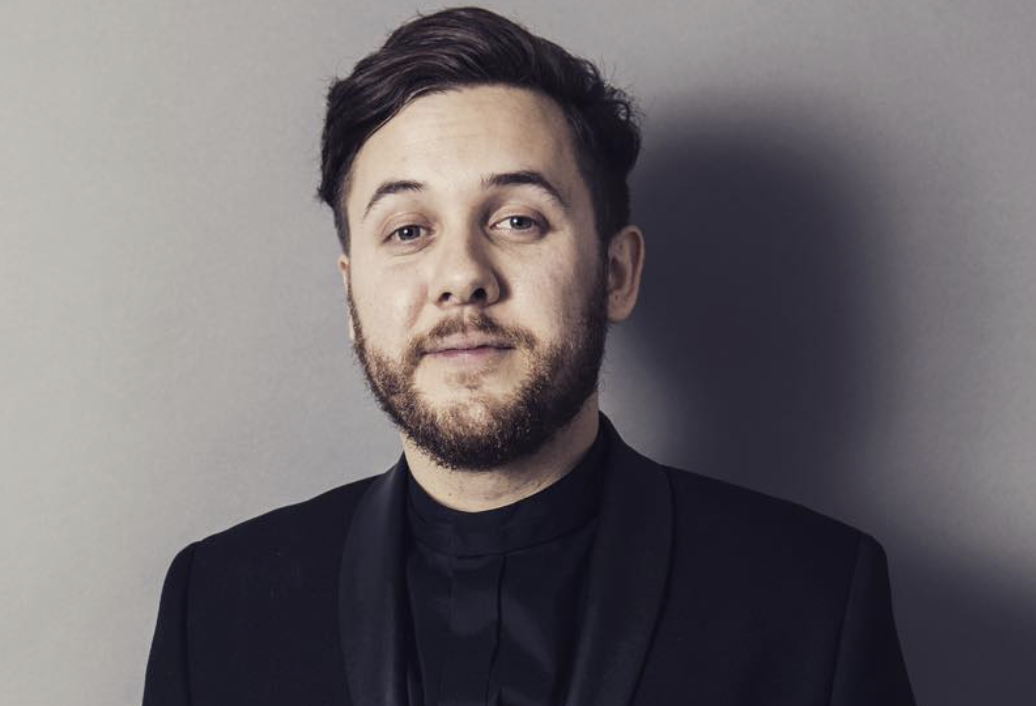6 Amazing Facts About Sound
Original photo by Aakash Dhage/ Unsplash+

Sound pervades our experience — so much so that we’re never without it. Even in the quietest, most soundproofed chambers, the decibels of our heartbeat and our breath reach our ears. However, sound isn’t as simple as it may seem. It’s not as substantive as things we touch, but it can still elicit deep emotion and even physical pain. These six amazing facts will make you rethink what you know about sound and the role it plays in your life.

Sound Travels Faster in Water Than in Air
If you’ve ever heard your own echo, you know the speed of sound is pretty fast — around 761 miles per hour. But because sound is created via vibrations through a medium, that medium can influence a sound’s speed. In water, the speed of sound is much faster, clocking in at a whopping 3,355 mph. That’s because denser materials have more neighboring particles that can bump into one another and carry sound, and water has 800 times more particles than air. This is especially useful for animals like the blue whale, whose call at 180 decibels is louder than a jet plane and can travel up to 1,000 miles. However, 3,355 mph is by no means sound’s speed limit. When traveling through a diamond, the hardest material on Earth (which means lots of particles), sound travels at an incredible 40,000 miles per hour.

Technically You Can Transmit Sound in Outer Space (Just Not Very Far)
The tagline for the 1979 film Alien is pretty scientifically accurate: “In space, no one can hear you scream.” Because space is a near-perfect vacuum, very few particles fill its immense void. To put that into perspective, a coffee mug filled with “outer space” would contain only 300 particles. Fill that same mug with air from Earth, and it’d hold 1,000,000,000,000,000,000,000 particles. And since sound needs a medium to travel, it’s true that no one would hear you scream in space. But that doesn’t mean sound can’t travel in space at all — it just can’t travel very far. In a 2023 study at the University of Jyväskylä in Finland, scientists “tunneled” sound between two crystals across an extremely short distance in a vacuum (like the length of one sound wave). So while space is certainly inhospitable to sound, it can exist in some very specific instances.

The Body’s Smallest Bones Help Transform Sound Into Electrical Signals
The human ear is a wonder of biological engineering that uses membranes, fluids, hairlike stereocilia, and very tiny bones to transform sound into electrical signals that our brain can interpret. It all starts when a sound vibrates the membrane separating the inner and outer ear, called the eardrum, which then employs your body’s smallest bones to transfer that energy into waves in fluid located in the cochlea (a spiral-shaped cavity in the inner ear). These three bones — the malleus, incus, and stapes — are known as the ossicles and are incredibly small. (The stapes, the smallest of them all, only reaches a height of 3.5 millimeters and a width of about 2.4 millimeters.) Once the ossicles create these vibrations in the cochlea, hairlike stereocilia transform these waves into electrical signals and send them along our auditory nerve. This whole process takes around 10 milliseconds to complete.

Sound in Air Technically Can’t Be Louder Than 194 Decibels
Scientists measure sound using decibels (named in honor of telephone inventor Alexander Graham Bell), which is the measure of sound pressure in a medium. Because the decibel system is a logarithmic scale, something that is 20 decibels (such as a ticking watch) isn’t twice as loud as something that’s 10 decibels (breathing) — it’s actually 10 times as loud. While the human ear begins experiencing auditory pain at around 125 decibels, being exposed to lower decibel levels for longer periods of time can be just as damaging. At 194 decibels, you’re hearing a truly ear-splitting noise; beyond that threshold, sound traveling through air stops technically being sound. When a sound gets too loud, the wave itself essentially creates ambient air pressure that forms a vacuum. This transforms sound into more of a shock wave and less of a sound wave. To use a dramatic example, in 1883 an Indonesian volcano called Krakatoa erupted, creating the loudest “sound” in recorded history at an estimated 310 decibels. The resulting shock wave traveled around the world four times before finally dissipating.

Whips Crack Because They’re Breaking the Sound Barrier
On October 14, 1947, Chuck Yeager broke the sound barrier in the X-1 aircraft, but humans have actually been breaking the sound barrier since Roman times — they just weren’t sitting in a cockpit. Whips have been around for thousands of years, and their telltale (and terrifying) crack is actually the sound of the whip breaking the sound barrier. When someone cracks a whip, the motion travels the length of the whip and quickly speeds it up. Scientists used to think the whip’s tip broke the sound barrier, but research in 2002 showed that it was actually a loop traveling the length of the whip that produced the deafening crack. But you don’t need to be Indiana Jones to pull off this impressive feat of acoustic physics; cotton bedsheets have also been known to produce sonic booms of their own.

Some People Can Actually “See” Sound
For most people, sound is a strictly auditory experience, but for some with a condition known as synesthesia, sounds are a much more visual thing. Broadly speaking, synesthesia (which in Greek means “perceive together”) simply means experiencing one sense alongside another. So you might see a word but taste a type of food, or hear a sound but also see a color. This is largely caused by two different parts of the brain being activated by the same stimuli. Of course, these experiences are internal to the mind and not an accurate representation of sound’s physical properties. The cause of synesthesia is genetic — in 2018, researchers from the University of Amsterdam identified specific genes that make some predisposed to this sensory mix-up by creating “hyper-connected neurons.” While some with synesthesia report having trouble focusing due to these misfiring stimuli, most live healthy and happy lives — and even say their synesthesia gives them a richer experience of the world.
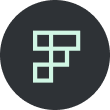
Darren Orf lives in Portland, has a cat, and writes about all things science and climate. You can find his previous work at Popular Mechanics, Inverse, Gizmodo, and Paste, among others.
top picks from the optimism network
Interesting Facts is part of Optimism, which publishes content that uplifts, informs, and inspires.






